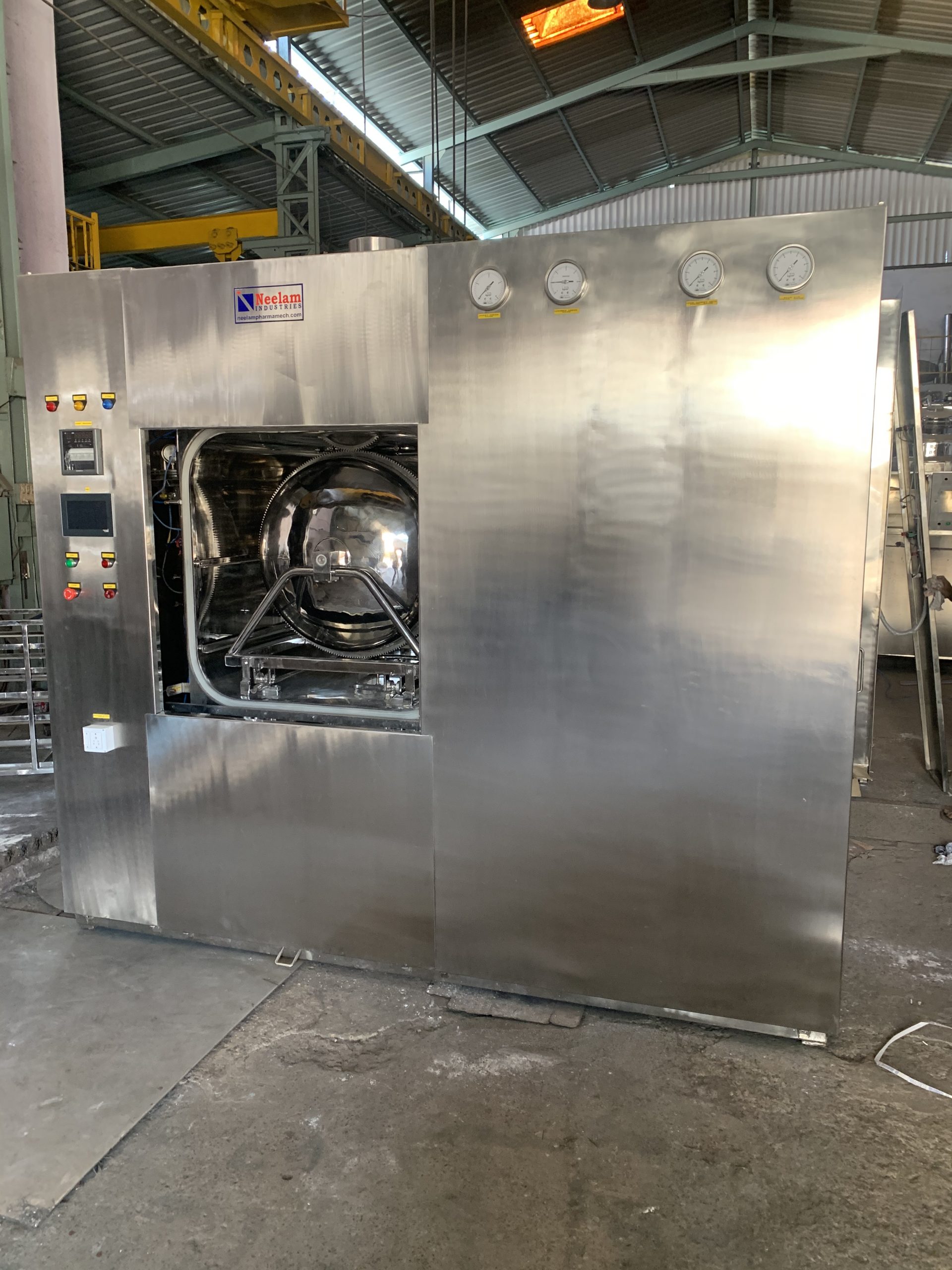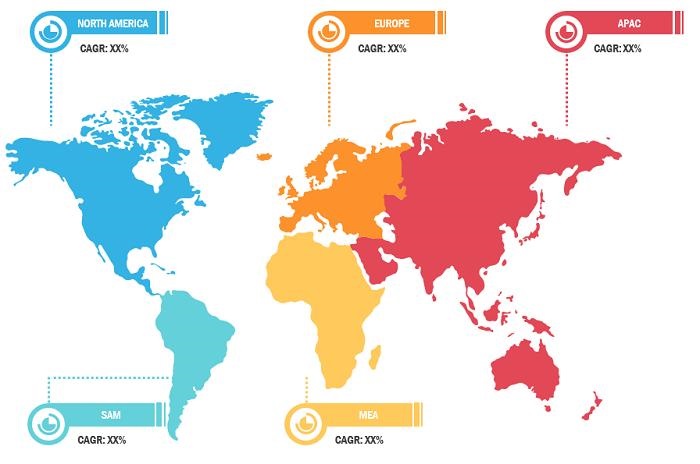In the world of industrial manufacturing, ensuring that your processes run smoothly and efficiently is crucial. One often-overlooked but vital component of this is the bung processor. Whether you’re new to the industry or looking to upgrade your equipment, choosing the right bung processor is a decision that can significantly impact your operations. This buyer’s guide will walk you through everything you need to know about selecting the perfect bung processor to meet your specific needs.
Bung Processor Cum Sterilizer, although seemingly unassuming, play a crucial role in various industries, such as pharmaceuticals, food processing, and chemicals. They are responsible for sealing containers effectively, ensuring the integrity of the products within. In this buyer’s guide, we will delve into the details of choosing the right bung processor that perfectly aligns with your requirements.
Understanding Bung Processors
Before making a decision, it’s essential to understand what a bung processor is. Bung processors are specialized machines used to seal or unseal containers by tightening or loosening bungs (the plugs that seal the containers). They come in various types, each with its unique features and benefits.
Types of Bung Processors
When it comes to bung processors, you have several options to choose from. Here are the main types:
Manual Bung Processors
Manual bung processors are operated by hand. They are suitable for smaller-scale operations and offer complete control over the sealing process. These are a cost-effective choice for those with lower production volumes.
Pneumatic Bung Processors
Pneumatic bung processors use compressed air to seal or unseal containers. They are faster and more efficient than manual options, making them ideal for medium-sized operations. They also reduce the physical strain on operators.
Electric Bung Processors
Electric bung processors are fully automated and require minimal human intervention. They are ideal for high-volume production facilities and offer consistent and precise sealing. However, they tend to be more expensive.
Factors to Consider
Before making your purchase, consider the following factors:
Production Volume
Your production volume is a critical factor in choosing the right bung processor. Smaller operations may find manual processors sufficient, while larger ones will benefit from pneumatic or electric models.
Safety Features
Safety should always be a priority. Look for bung processors with safety features like emergency stops and protective guards to prevent accidents.
Customization Options
Consider whether you need a bung processor that can be customized to accommodate different container sizes and types.
Budget
Your budget is a significant consideration. While electric bung processors offer efficiency, they come at a higher cost. Be sure to choose a machine that fits your budget without compromising on quality.
Key Features to Look For
When selecting a bung processor, pay close attention to the following key features:
Power and Efficiency
Look for a machine that can efficiently seal or unseal containers without compromising on power. Consider the speed and torque of the processor.
Durability and Build Quality
A bung processor should be built to last. Check the materials used in its construction and ensure it can withstand the demands of your production environment.
Ease of Maintenance
Regular maintenance is essential to keep your bung processor in top condition. Opt for a model that is easy to clean and service.
Selecting the Right Size
Ensure that the bung processor you choose is the right size for your containers. It should comfortably accommodate the largest and smallest containers in your production line.
Top Brands in Bung Processors
Some well-established brands in the bung processor industry include [Brand A], [Brand B], and [Brand C]. Research these brands and read customer reviews to gain insight into their reliability and quality.
Comparing Prices and Reviews
Take the time to compare prices and read reviews from other users. This can help you make an informed decision and find the best value for your money.
Maintenance and Care Tips
Proper maintenance is key to extending the lifespan of your bung processor. Follow the manufacturer’s guidelines and schedule regular inspections to ensure optimal performance.
Conclusion
Choosing the right bung processor is a decision that can significantly impact your industrial operations. By understanding the different types, considering essential factors, and looking for key features, you can make an informed choice that enhances your production efficiency and product quality.
FAQs
1. What is a bung processor, and why do I need one?
A bung processor is a machine used to seal or unseal containers by tightening or loosening bungs. It ensures the integrity of the products within and is crucial in various industries.
2. How do I determine the right bung processor for my production volume?
Consider the scale of your operations. Smaller volumes may require manual processors, while larger volumes benefit from pneumatic or electric models.
3. Are safety features important in a bung processor?
Yes, safety features are essential to prevent accidents and ensure the well-being of operators. Look for emergency stops and protective guards.
4. Can I customize a bung processor to fit my container sizes?
Some models offer customization options. If you need versatility in handling various container sizes, look for a bung processor with this feature.
5. What are some recommended brands for bung processors?
Well-regarded brands in the industry include [Brand A], [Brand B], and [Brand C]. Research these brands and read reviews to make an informed choice.





